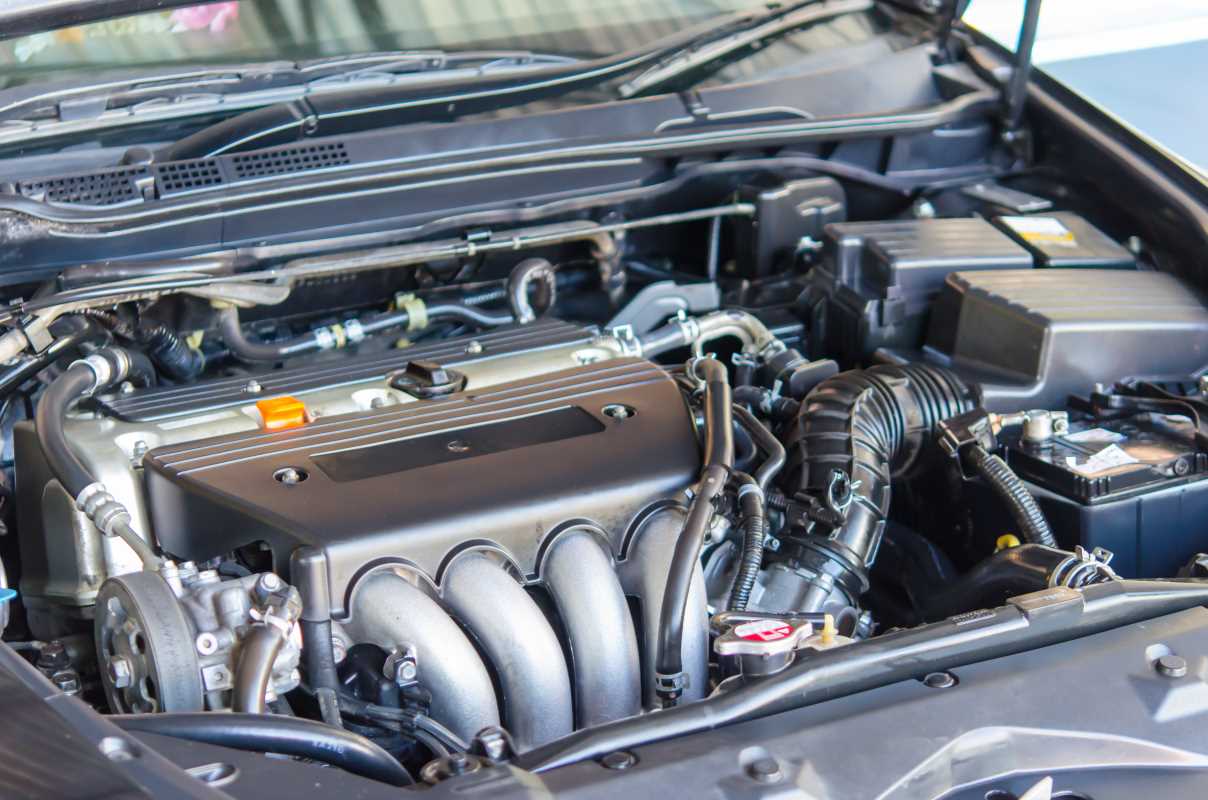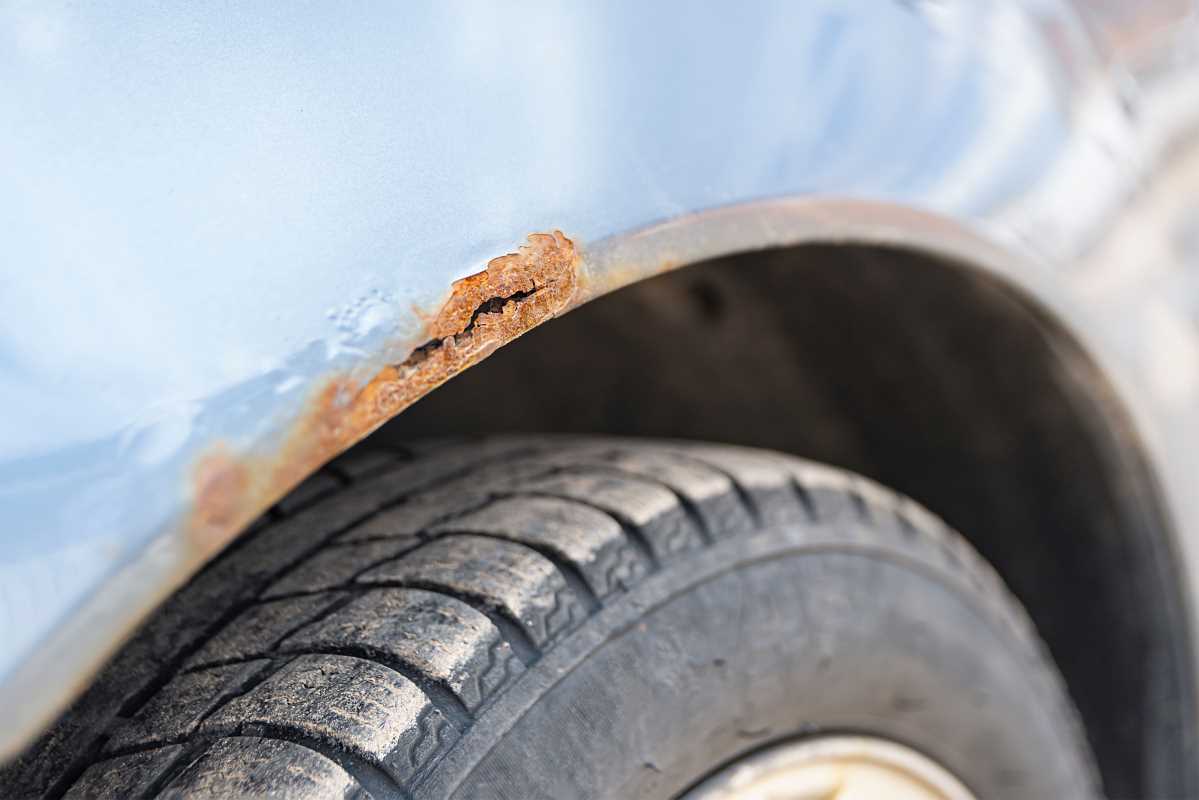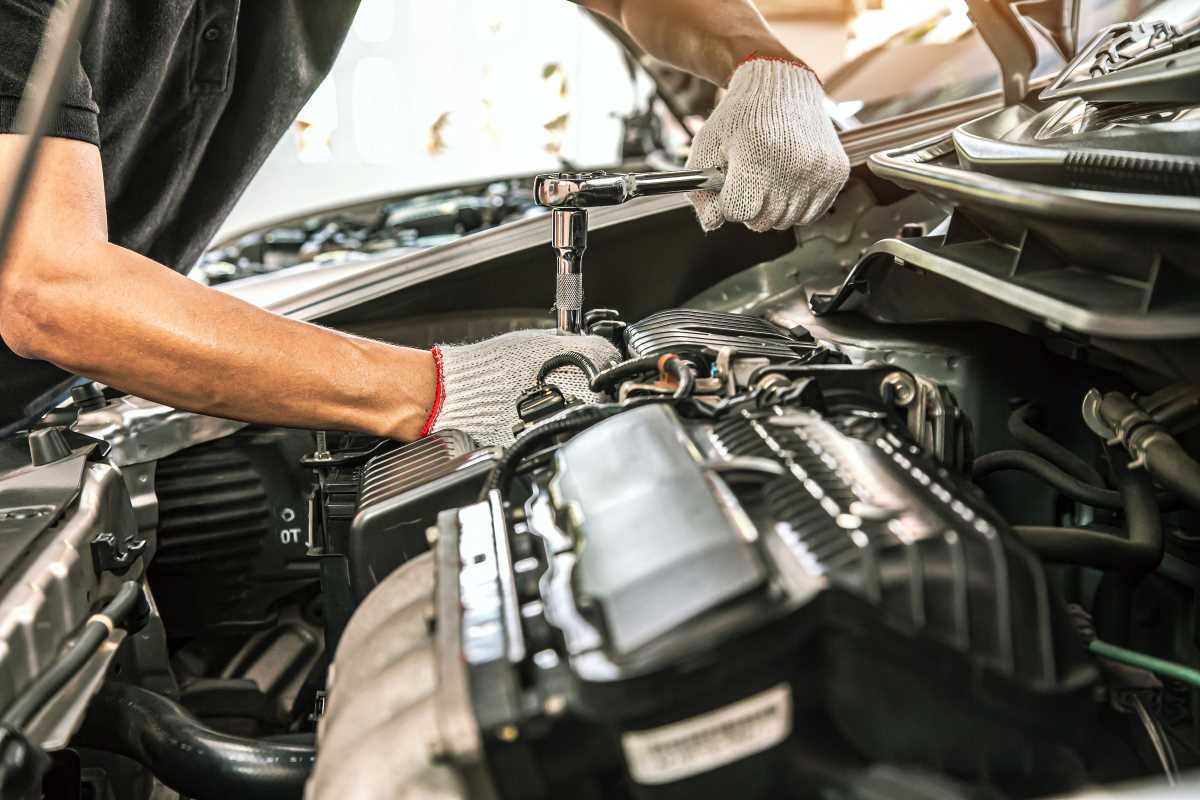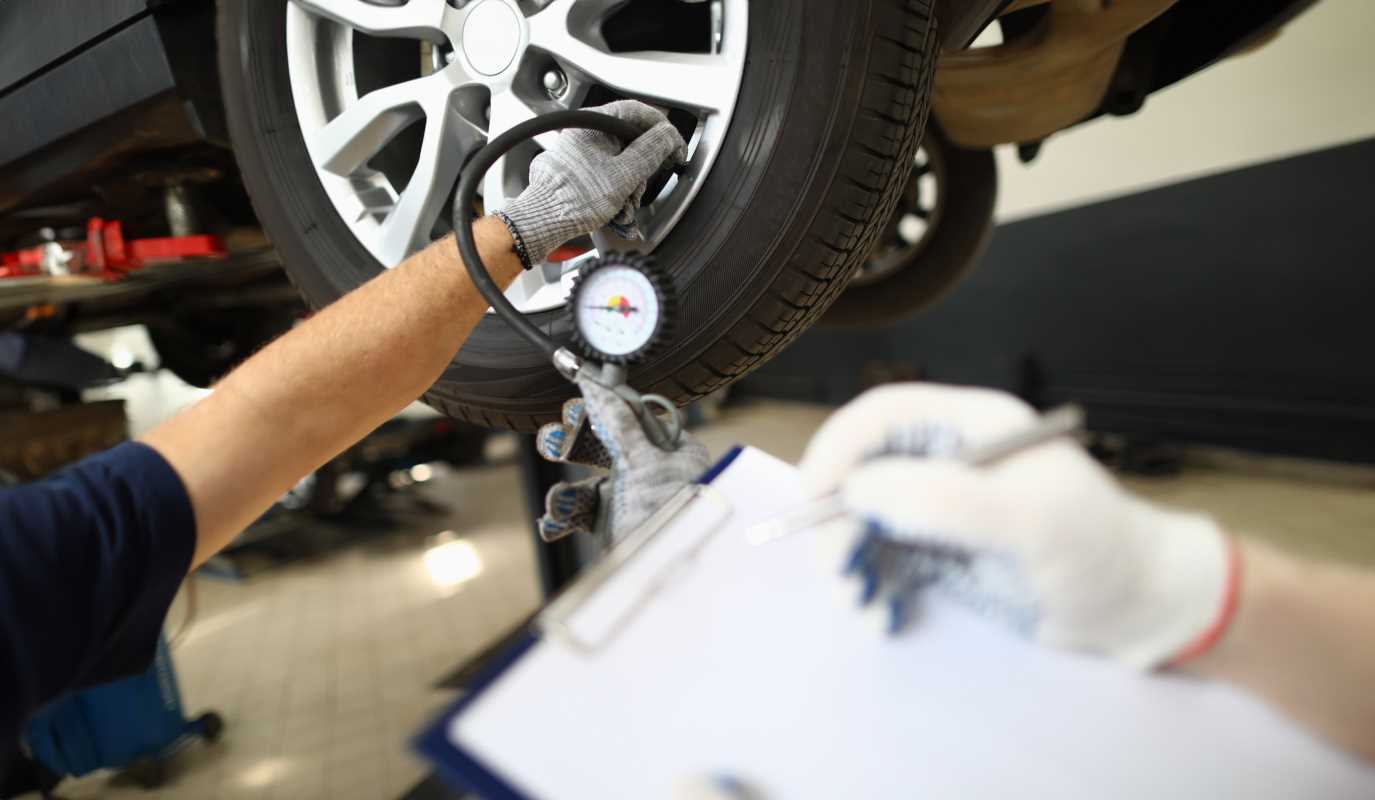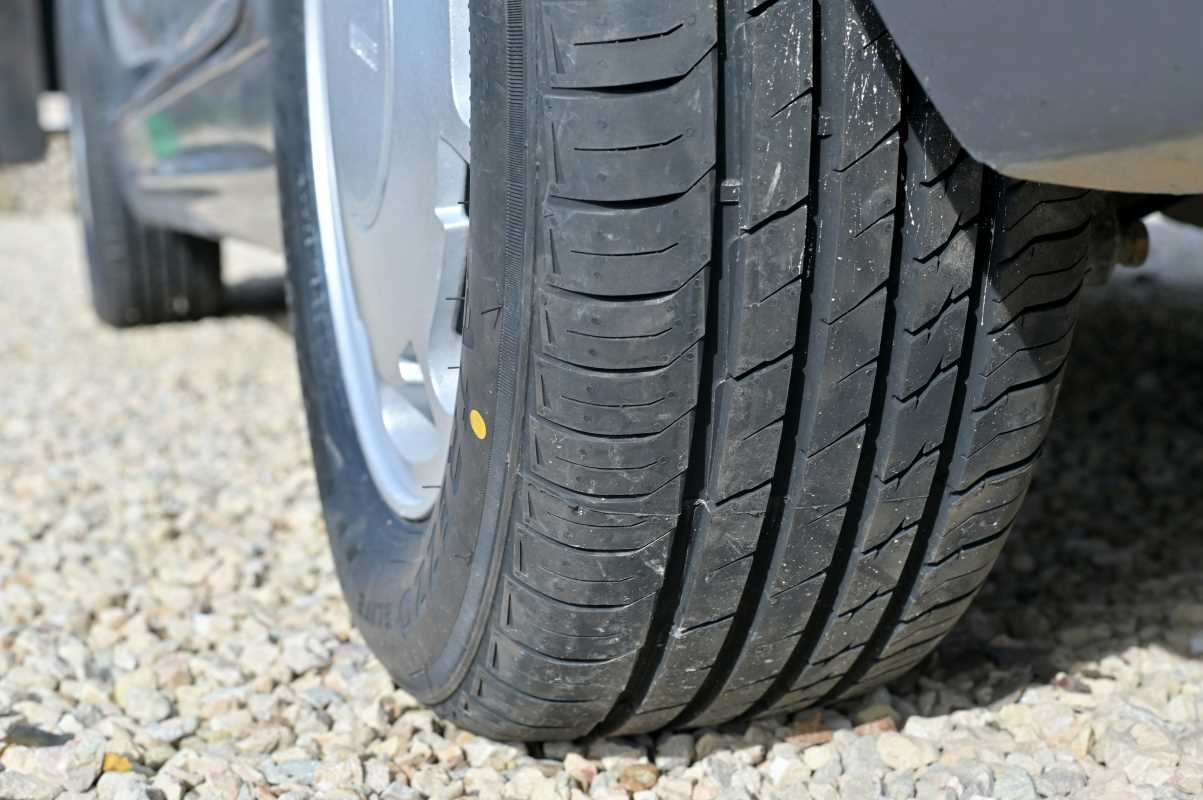Winter driving brings many new challenges. Snow, ice, and slush on the roads demand that your car provides maximum control and security. Your tires are the only thing connecting your vehicle to the road, making them extremely important for safety. They directly impact how well you can steer, stop, and keep safe in bad weather conditions. Choosing the best winter tires is truly about keeping yourself and everyone else safe on the road each day. We will help make this important selection easy for you. We will explain what makes cold-weather tires special and different. This information will help you find the right set to stay in control, no matter the weather.
The Importance
It’s common to wonder if the tires you use all year are enough in winter. The answer has a lot to do with climate. All-season versions are built to cover a range of weather but are rarely outstanding in harsh, wintry conditions. They’re fine for places where winters are mild. If your area frequently sees ice, snow, and temperatures below freezing, though, having dedicated seasonal equipment becomes essential for safety.
The Science Behind Cold-Weather Tires
There are two main ingredients that make winter-ready types unique: the materials used and how they're built.
- Flexible Rubber Compound: The blend in regular tires becomes stiff and loses grip below 45°F (7°C), much like how an old eraser hardens over time. Options designed for colder weather use a formula loaded with silica, keeping them pliable and able to grip the road’s tiny grooves, even at low temperatures. This flexibility boosts traction on chilly, wet, or even dry roads.
- Aggressive Tread Design: Specialized patterns are created for slippery surfaces. Deeper grooves and lots of fine cuts, known as sipes, form the tread. These cuts help clear away water and slush, creating a cleaner patch of road contact. They also provide countless small edges that help you start, stop, and steer when things get snowy or icy. Wider channels help disperse slush and cut down on hydroplaning.
Categories of Winter Tires
Not every tire for winter is built the same. Most fit into two groups: studless or studdable. Which you choose depends on where and how you drive most often.
Studless Ice & Snow Variations
Studless styles are the most widely chosen for daily drivers. They lean on innovative materials and careful pattern engineering for traction instead of needing metal spikes. These excel in varying winter situations and tend to be quieter and more comfortable than those with studs.
Ideal for:
- City and suburban drivers facing a mix of cold, wet, or slushy roadways.
- Those who value a peaceful drive and minimal road noise.
- Regions where metal-studded designs aren’t allowed.
Studdable Winter Styles
Studdable types come with ready-made holes for installing metal studs, typically done by a professional. The small pins dig into icy surfaces for unbeatable control on the iciest roads. Drawbacks include increased noise, less grip on bare pavement, and the possibility of road damage. Laws about their use can be strict, depending on your area.
Ideal for:
- Rural drivers seeing frequent ice or roads that aren’t regularly plowed.
- Places with intense ice storms each year.
- People who put traction above all else and aren’t bothered by the noise or local restrictions.
Picking What’s Right for Your Needs
Selecting the best option comes down to what conditions you face, the type of car you drive, and how much you want to spend.
1. Evaluate Local Winter Conditions
First, consider your routine environment.
- Heavy Snow and Slush: Look for choices with wide, deep grooves and a pronounced directional pattern. These are best for cutting through snow and managing slush.
- Frequent Ice: Regular drives on icy or slick rural roads may justify a studded option. Always check local laws. For most drivers with only the occasional ice patch, top-tier studless designs will be secure enough.
- Cold, Clear Roads: In places where winter mostly brings low temperatures, prioritize features that maintain flexibility and control on dry or damp pavement.
2. Match the Tire to Your Vehicle
The vehicle itself also plays a role in what works best.
- Cars and Minivans: Standard studless options usually do the trick, offering a solid balance of stability, comfort, and handling.
- SUVs and Crossovers: Look for models made in larger sizes and heavier weight ratings. These often include reinforced sidewalls to support bulkier vehicles.
- Trucks: Light truck-specific choices are built for major loads and serious grip, available in both studdable and non-studded designs.
Always install a full set of four winter tires. Mixing with other types can create uneven grip and make your car difficult to control in sharp turns or during hard stops.
3. Understand Symbols and Labels
Every tire is marked with codes and symbols. The one you want for true winter capability is the Three-Peak Mountain Snowflake (3PMSF). This confirms a tire passed official snow traction tests. Don’t mix this up with M+S (Mud and Snow), found on most all-season tires, which isn’t based on the same standard. Always look for the mountain/snowflake symbol for proven winter performance.
4. Think About Your Spending Plan
Winter-ready types are an investment in your well-being, but you don’t have to overspend. The cost usually mirrors the amount of research behind the materials and construction.
- Premium Choices: Offer top results in traction, a longer lifespan, and quiet rides, thanks to modern technology and design.
- Mid-Tier Options: These might come from the same factories as the elite models, using earlier generations of technology but still offering a big safety step up from all-season types.
- Budget-Friendly: More affordable and still much better in the cold than regular tires, but might not last as long or be as quiet as pricier versions.
The Last Step: Installation and Upkeep
Once you’ve picked out what you need, have your selection mounted and balanced at a shop. A spare set of steel rims makes seasonal changes quicker and shields your main wheels against salt and road chemicals.
Store your regular tires in a dry, cool spot out of direct sunlight. Stack them flat, no more than four high. Taking care during storage means they’ll be good to go when winter rolls around again. With the right set, you can drive confidently through cold conditions, knowing your vehicle is ready for whatever the road serves up.
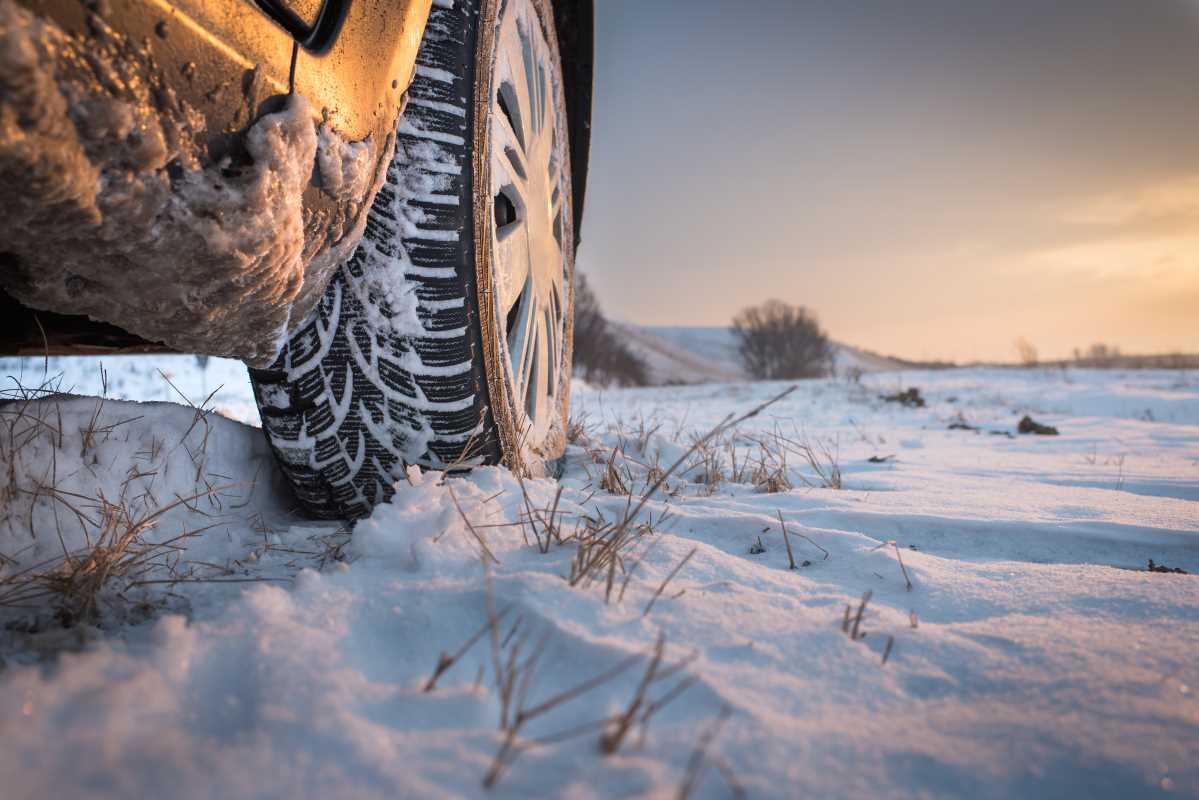 (Image via
(Image via